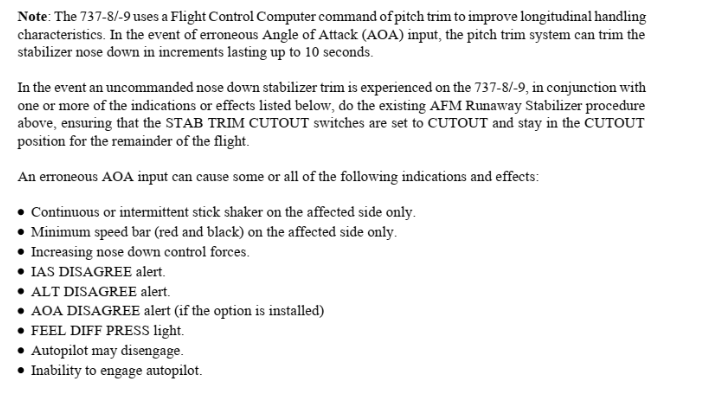Delfin
Grand Vizier
- Joined
- Jan 20, 2010
- Messages
- 3,821
Also FWIW:
A fellow I've networked with for a couple decades who flies the 737NG for a US carrier which has grounded its MAXs says that all of the US operators have reviewed the retained digital Quality Assurance data and reported no instance of MCAS anomaly.
There are several ASRS reports, all of which were investigated and found to be other than MCAS events.
Here's a report by a Seattle TV station. Not particularly enlightening until the last 20 seconds or so when the American Airlines union rep says the same thing.
https://youtu.be/oYolKJSrBmg
My friend also confirms something I was wondering about. The Ethiopian crew was confronted by a stick-shaker at lift-off. Their response was to retract the flaps.
Interesting video, thanks. I've only GA experience, and it's been awhile since I sold my plane but from memory, flap retraction when you get a stall warning seems like the reverse of what you would want to do, since that is just going to pitch the nose up. Have I got that correct?

